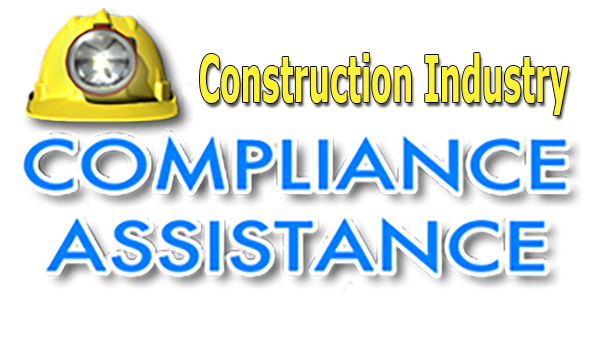
Disposal of Lead-Based Paint Contaminated Demolition
Debris Lead-based paint (LBP) was widely used on buildings until 1978, when it was banned on residential structures by the Consumer Products Safety Commission. Prior to the 1950s, paints for residential uses may have contained up to 50% lead by weight. Today, some commercial and military paints still contain lead and are used on non-residential structures.
Renovation, remodeling, demolition, and surface preparation for painting, in addition to specified lead abatement, are all activities that have the potential to produce hazardous wastes if the property involved was painted with LBP. The only sure way to tell if a property was painted with LBP is to test the paint for lead. The hazardous waste criterion for lead wastes is established under the federal Resource Conservation and Recovery Act (RCRA), Subtitle C, as 5.0 mg/L measured with the Toxicity Characteristic Leaching Procedure (TCLP).
Disposal of LBP-containing construction debris is very costly if it must be managed as a regulated hazardous waste. This fact sheet provides guidance on how waste generators can determine whether hazardous waste rules apply, and how to reduce the volume, and thereby the cost, of the hazardous waste component of the debris.
Residential Structures - Household Hazardous Waste Exemption
In order to facilitate the removal of LBP from residential structures, where it may pose a significant health threat to children, on June 18, 2003 the EPA published a rule under solid waste regulations that streamlines disposal of LBP debris from residential structures. Under the new rule LBP debris from households, whether generated by a do-it-yourselfer or a contractor, may be disposed of at a municipal waste landfill or a construction & demolition (C&D) waste landfill, as defined in 40 CFR 257.2.
Non-residential Structures - Waste Determination & Management
LBP debris that comes from commercial or industrial sources, as opposed to households, may be subject to state and federal hazardous waste rules. In this case the generator must determine whether the debris fails, or is likely to fail, the toxicity characteristic for lead. Two scenarios are outlined below for making the waste determination and then managing the LBP debris in accordance with applicable standards:
-
whole-building demolition,
-
renovation/abatement.
Whole-Building Demolition
CICA Center does not have clear guidance on whole-building demolition waste disposal requirements. It is likely that residential demolition activity debris in which the entire structure is removed does not meet the definition of residential LBP waste. As such, it is not covered by the LBP household debris rule that permits disposal at a municipal waste landfill or a construction and demolition (C&D) waste landfill. When appropriate guidance is located, it will be posted here.
Renovation/Abatement
Small-scale debris that is generated during renovation, maintenance, or abatement activities such as paint chips, vacuum debris and dust, waste wash water and sludge from chemical paint stripping is more likely to exceed the lead toxicity characteristic. Sampling may also be appropriate for intermediate-volume renovation wastes such as window moldings, doors, etc. Core or sectional samples can be taken of representative waste items to determine whether each type (e.g., doors) is hazardous. Alternatively, the number of samples needed could be reduced by taking one or more core samples, compiling ratios of waste material surface area to mass for each type, and then comparing these to the surface area/mass ratio of the sample(s). A sampling protocol should be used for each site. Individual waste materials such as those described above should either be sampled/analyzed by TCLP and then handled/disposed accordingly, or segregated from other large-scale debris and then managed as hazardous waste. Records of sampling procedures and analytical results must be kept for at least 3 years.
